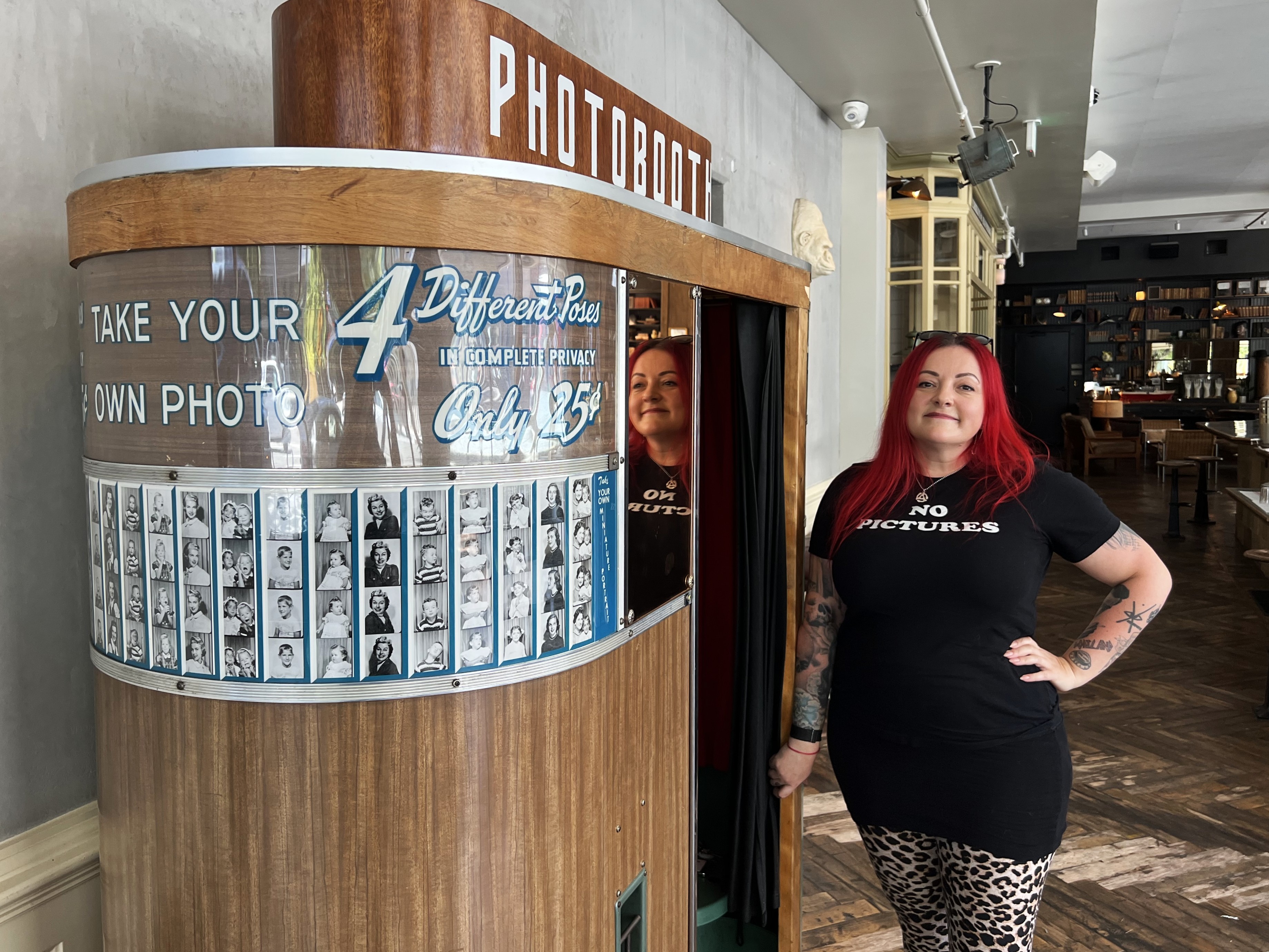Guest Column: Choose a party for the primary
Published 12:30 am Saturday, April 4, 2020

- Andy Davis
In December, The Astorian ran an excellent and balanced article on some of the issues surrounding voter registration in Oregon.
Trending
Since the 2016 enactment of the Motor Voter Act, the number of nonaffiliated voters has grown dramatically. Today, the number of voters registered as nonaffiliated is larger than either of the two major political parties in Clatsop County.
As the chairman of one of those local political parties, this is of concern to me, but maybe not for the partisan reasons you might expect. I’m worried because when the two parties make most of the major decisions, nonaffiliated voices become effectively excluded from the process.
I’m a data analyst in my day job. I’m interested in the numbers here. In Clatsop County, nonaffiliated voters are 36% of the registered voters, Democrats are 33% and Republicans are 24%. When I read that, I immediately think that 36% of our county is not being represented the same way as the others. But there are some important age dimensions to look at, too.
Trending
I pulled together the age brackets for the two major parties and the nonaffiliated voters in the county. The largest single age group of voters in the county are in the 60 to 74 group at 29.9%, and of that group, the Democratic Party registration is 3,710, the largest single segment.
That Democratic baby boomer segment is 14% of all the voters in the county. But the next two largest groups are 30 to 44 year old nonaffiliated voters with 11.6% (3,052) and 18 to 29 year old nonaffiliated voters with 9.5% (2,500). Younger voters who have not affiliated with either major party are a huge excluded registered voter group.
So what do I mean when I talk about exclusion? I think it is an unfortunate fact of modern life that there is a duopoly of two political parties. At the state and federal level throughout the country, Democratic and Republican party members dominate the political decision-making process.
There are three ways I see this as concerning for nonaffiliated voters.
First, the major parties are incentivized to make decisions that benefit those who turn out and vote. In the last two general elections, nonaffiliated voters have turned out to vote at a 37% rate, as compared to 79% for major party voters. The officials they elected are naturally going to give more attention to people who vote and who they most depend on for reelection.
Second, the candidates who make it to the general elections are filtered through a primary process that mostly excludes nonaffiliated voters. Both major parties in Oregon only allow voters registered with their party to vote in their primary elections. That means that by the time the general election comes around, the main options available to a nonaffiliated voter have been chosen by the party members in advance.
In our county, there has been a lot of talk about how we find the balance between the timber industry and jobs and climate change action. It’s a legitimate concern on both sides. The state legislative seats that represent our county have been held by Democrats since 2002. But I think it’s fair to say that our two sitting legislators, while both Democrats, have different thoughts on how best to find that balance, and what process is best to get there.
This year’s state House District 32 race promises a competitive primary for both parties, and nonaffiliated voters will effectively have no say in who the parties choose to go forward in the fall general election unless they register for a party.
Finally, the age aspect of this is of special concern because we aren’t hearing voices that we need to hear. If you are a young parent in Clatsop County, the things that might concern you could include having a solid job, good schools, affordable child care and affordable housing.
I can say that there is some overlap with the priorities of that large baby boomer group, but the concerns are not 100% the same. That’s not to say that any group is “right” about what is important, but only that different people will have different needs, and if you aren’t actively part of the debate and the voting bloc, your voice will not be heard in the same way that the registered party members are.
The last day to register to vote or to change your party affiliation for the May election is April 28. If you are registered as a nonaffiliated voter, please consider registration with a party to ensure your voice is heard and listened to.









